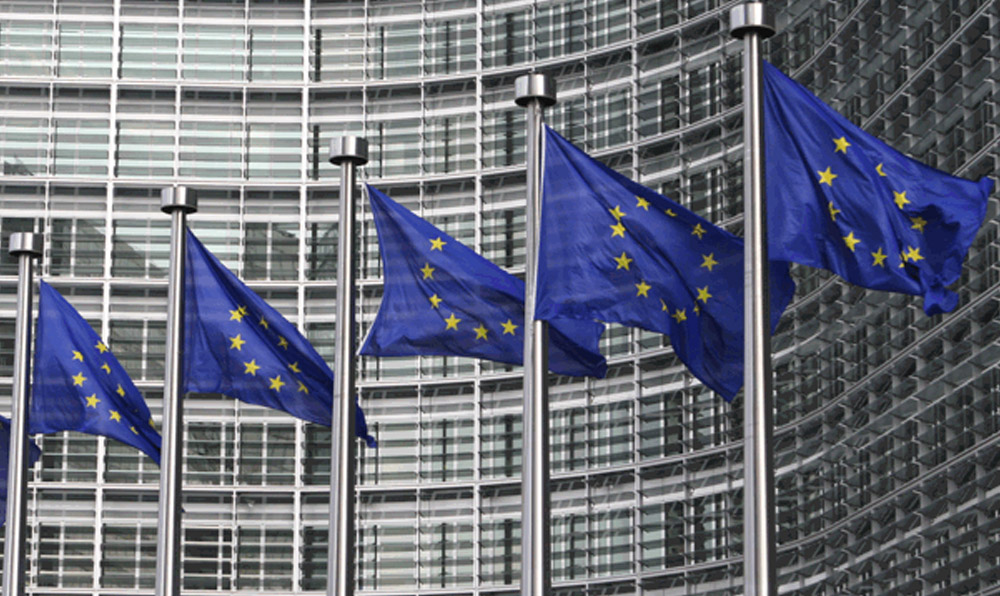In its Annual Report to the Congress for Fiscal Year 2018, the first publicly available since FY16, the Bureau of Industry and Security (BIS) provides an overview of their “critical role in advancing key priorities of President Trump through its expertise and regulatory and enforcement authorities.”
Although it’s close to 60 pages, it provides some unique insight into the inner workings of one of the US government agencies tasked with administering and enforcing export controls. Among some of the highlights includes a topic we’ve discussed frequently on the Export Compliance Journal—end user compliance.
End-use checks continue to play an important role in export compliance
In FY18, BIS processed over 35,000 export licenses, up 3.5% percent from FY17. Of the 35,000, BIS approved just over 30,000, or 86%. But part of BIS’ diligent licensing process includes more than reviewing the required paperwork.
We’ve discussed the importance of end use compliance many times on the ECJ—from why sales teams should embrace end use due diligence, to how BIS has long been expanding their end use requirements. For those unaware at just how seriously BIS take end use compliance, there is a specific wing within BIS, the Information Triage Unit (ITU), which is “responsible for assembling, analyzing, and disseminating information from all sources to inform agencies about the bona fides of foreign parties to a license application.”
This includes conducting end use checks to ensure any exported items “have or will be properly used as authorized, and that licensed conditions are adhered to fully.” And they don’t just take organizations’ word for it.
The ITU goes so far as to review data reported in the Automated Export System (AES) to track shipments. Moreover, BIS has boots on the ground (ITU and Export Control Officers (ECOs)) in countries around the world. In FY18 alone, they completed over 1,000 end-use checks in 50 countries, of which 55 were conducted before the item had even been exported.
Due Diligence is key when dealing with third parties
Related, though not in the Annual Report for the past Fiscal Year, is a recent export compliance violation that offers some good lessons to be learned. In 2019, a US-based atomic clock maker became suspicious when the information returned as a result of their request for end-use verification by an existing customer made them suspicious. Before they would complete the sale, the company insisted on visiting the site claimed as the end-use destination. The buyer immediately cancelled the order, and the company reported the case to the authorities. This case has yet to go to court, but if found guilty, could lead to a fine by the perpetrators of up to $1,000,000 USD.
Better safe than sorry
With the number of individuals and entities on BIS’ Entity List, not to mention the myriad of other government watch lists, seemingly growing with each passing year, it never hurts to go that extra mile and obtain that end user information. After all, you never know when BIS representatives might come knocking on the end use destination. Having all paperwork in order is simply sound risk mitigation practice.


